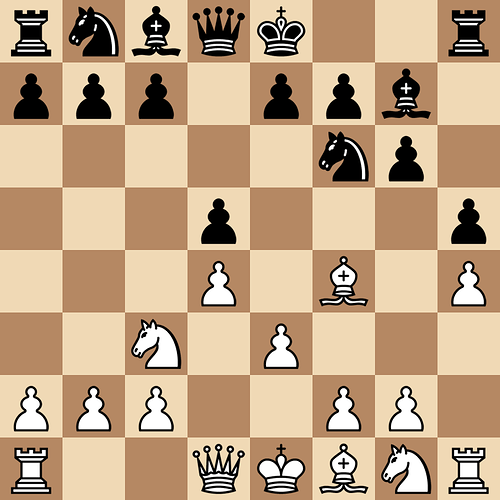Your pawn chain after move 10 is pretty crazy. I think even if black doesn’t screw up it would hard to create something productive.
Yeah it’s bad for black - he can’t easily create counterplay because he doesn’t have a Nd7 to support the thematic f6 break and he has no initiative on the queenside (he omitted c5).
People who sit there passively like this deserve to be crushed.
A good rule of thumb in regular d4 openings is that when black gets equality (without major mistakes) it’s usually by getting at least two of his c, d, e and f pawns to his fourth rank ie c5/d5/e5/f5 to undermine white’s centre and distract white from his plans.
I think one of the reasons that intermediate players badmouth the London so much is that it’s easy for beginners to play against you but you can still make a misstep that will cost you the game. The accessibility of the London frustrates chess “snobs” who don’t want a weak opponent to have such easy access to solid but dangerous opening.
I know what you mean but sometimes just having it drilled with repetition allows you to identify common patterns where the engine is always giving you the same thematic idea. This is helpful - sometimes I “know” that harassing the opponent king or moving some pawns up the board is the right thing to do, but not because I’ve calculated the line X moves deep. You can develop an instinct for certain common general positions.
The complaint is more that it’s just really tedious to play against. I have a similar heart-sinking feeling when I face the move 1. e3, which is definitely not very good for White but similarly announces that White intends to make the position as boring and lifeless as possible and that there’s nothing I can really do about this.
GothamChess’s video on beating the London has some good ideas on getting some dynamic play against it (basically an early c5, exchanging on d4 and then trying to play f6 and either e5 or g5). I’m in the process of adding this to my repertoire. I used to play Nf6 against d4 but have decided to try switching to d5, I just don’t think I’m very good at flank openings. I have to decide what to do against 2. c4 though, currently the Albin Countergambit but not enjoying it very much.
My solution to this is to always play reckless chess against other weak opponents. Every line is sharp if there is a 5% of hanging a major piece on every move.
Yeah I watched the Gotham video and was like “oh”. I got the basic theory off another video which turns out to have been full of shit. At one point Levy mentions the move Nge7, which he says is a common move but he doesn’t like it because it’s too slow, that was this video’s suggested move against most moves after Nc6.
Thing is, if you’re playing the lines masters play in an opening that doesn’t get played at master level, you are definitionally playing into an equal position at best, since if the result of the line was advantage, masters would play it.
This is true but at the lower level the element of surprise does count.
Not sure how black should play the KI against the London. First thought is that Bf4 is “like” Bg5 so should be met with c5 and Qa5, pressurising e4 and c3, though d4 is more secure than in the standard KI.
Any thoughts on that?
I’m having trouble visualising that.
The line I first thought of fails because white can castle out of the way of Qa5 and play c3 instead of Nc3, rendering it pointless.
Chess.com seems to think this is a main line
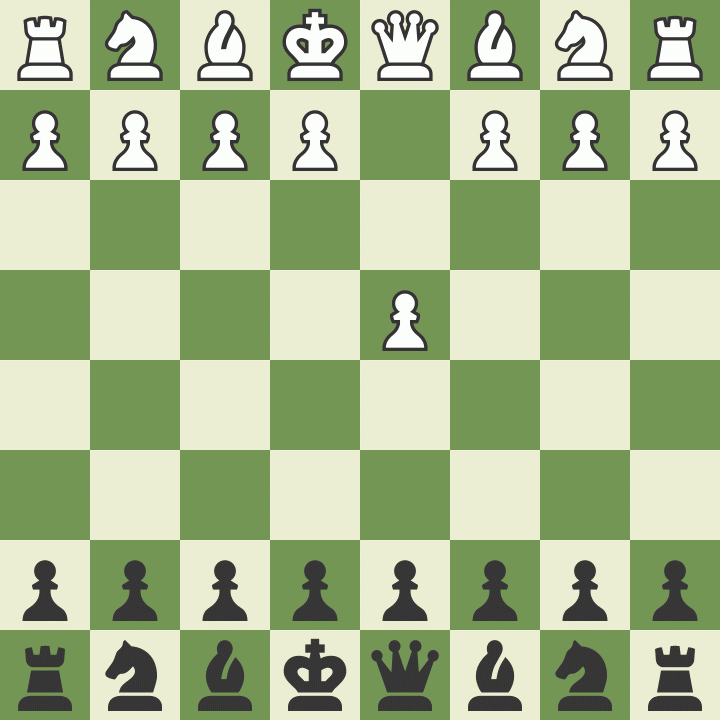
which doesn’t look too scary to me.
If you play Nc3 before I’ve played d6 I flick in d5 instead (before Bg7 if necessary) to prevent you sucking me into the Pirc/Modern (which I hate with a vengeance) and building an ideal big centre with e4.
Then it isn’t a KI but neither is it a London either  and I think we’re in a offshoot of the Gruenfeld.
and I think we’re in a offshoot of the Gruenfeld.
Yeah I was talking about the variation with Nc3 and d5 before Bg7.
I watched the Rosen video - thanks, it’s interesting. The line against baclk’s d5 where white plays e3 and h5 is very scary and black “playing normally” in that looks very risky.
Computer says black can play h5
and claims equality.
It does take the useful h5 square away from the knight trying to swap off the bishop though, but that’s what I’ll try next time I meet this.
I won’t try the computer’s main defence of c6 (instead of h5) and meeting the sac on h5 with Nd7 and Nf6. Ok computer.
Man chess is hard. I had a great game yesterday 20 moves in. Up +3 with a nice check and capture. Then immediately hang a rook, tilt, and get smashed. 
Yeah I’ve faced that line a couple of times and found h5 eventually after failing with ideas like Bg4 to h5.
Thought I’d try a small novelty (for me) in the opening. Holy shit this game…
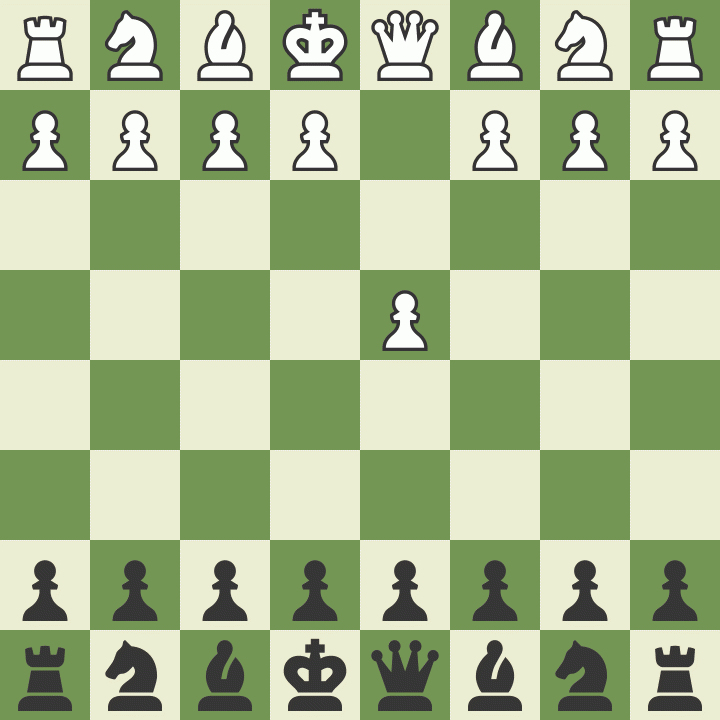
Somehow managed to reach this position on move 13. New one on me!
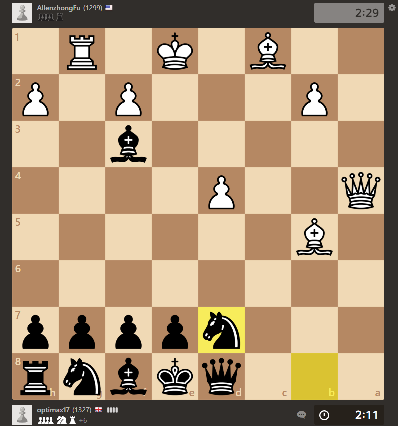
I wish he hadn’t resigned, I was really trying to castle. That would have been the icing on
the cake!
That’s a weird one. He probably shouldn’t have resigned, that position for white doesn’t seem hopeless considering that your pieces are so undeveloped.
It’s a crazy opening, almost an attempt to refute the QG lol, but resignable for white.
Black might be behind in development but has good squares available for all his pieces after which his material advantage will tell, while white’s pawns are fucked and he has no clear plan to disrupt black’s development.
So black has a short term disadvantage that he can quickly rectify; white has long term structural weaknesses and a material deficit that he can’t.
Pretty chuffed how I got 'im after the early blunder. Took his queen out of action, then a bit of misdirection with villain defending his central pawn and boom, a pretty chessmate.
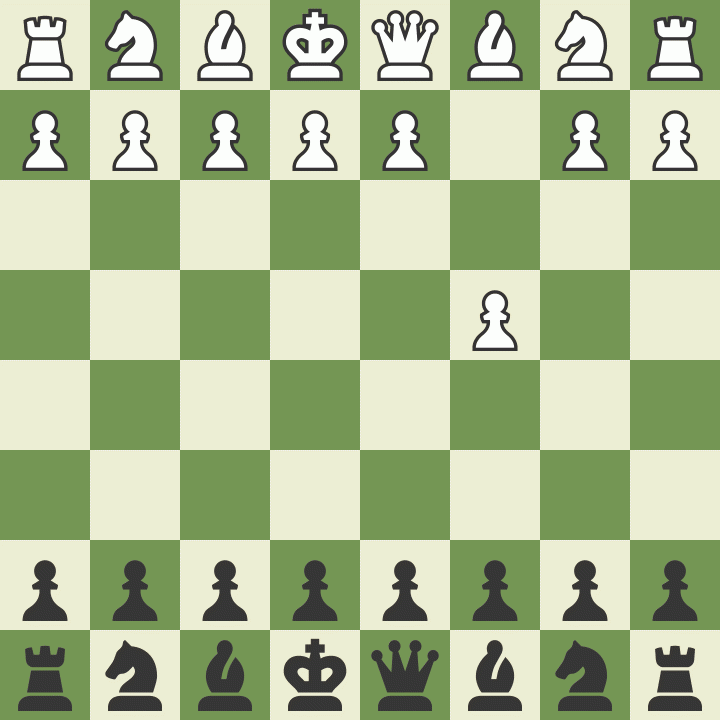
stockfish was not a fan of any of that
